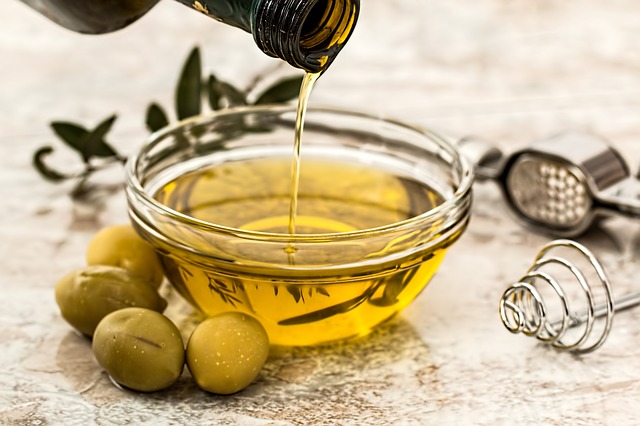A new study suggests that teenagers who eat foods with high amounts of saturated fats tend to have denser breasts 15 years later. This is significant as greater breast density has been linked to a higher risk for breast cancer, the authors of the study say.
Joann Dorgan, an epidemiology professor at the University of Maryland School of Medicine in Baltimore and the head researcher, says they found a “modest difference in breast density” (as compared to the baseline sample.)
The study doesn’t prove direct cause and effect, but the research team looked into how different kinds of fats may factor in breast tissue formation, growth and maintenance. Adolescence is the most critical time for breast development, according to the researchers.
Dorgan and her team studied data from the Dietary Intervention Study in Children. This was a clinical trial started in 1988 that was sponsored by the US National Heart, Lung and Blood institute. It had 600 children in its tests, between the ages of 8 and 10. Over half of the children were female.
The participants in the trial reported details of their diet. In a follow-up of the same people, the researchers used MRI scans to measure breast density in 177 of the pariticpants when they reached the age of 25 to 29.
The study found that those who had higher intakes of unhealthy fats and lower intake of healthy fats when they were teenagers were linked to an increased risk in dense breast tissue.
A healthy diet should contain about 5% saturated fat, as recommended by the American Heart Association.
Saturated fats come from meat products such as beef, lamb, pork and poultry, along with whole or 2% dairy products like butter, cream and cheese. Polyunsaturated and monosaturated fats, or the good fats, are found in fatty fish, olives, walnuts, avocados and liquid vegetable oils.
The women in the study who ate the most saturated fat had an average breast density of 21.5%. Women who ate the least saturated fat had a breast density of 16.4%. The same difference was found in those who ate the least amount of healthy fats during adolescence, compared to those who ate the most.
Dr. Laura Kruper, co-director of the breast cancer program at the City of Hope Cancer Center in California, notes that the study is limited by the small number of participants and self-reports. There are no findings on whether breast density measured at 25 to 29 years of age will be the same after a woman turns 40, when the risk for breast cancer greatly increases.
Dorgan says, “This is an initial study; it would need to be confirmed before making any recommendation [about diet].”
The study was published in the journal Cancer Epidemiology, Biomarkers & Prevention.
























